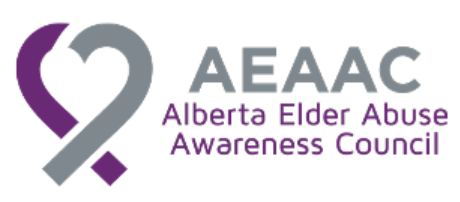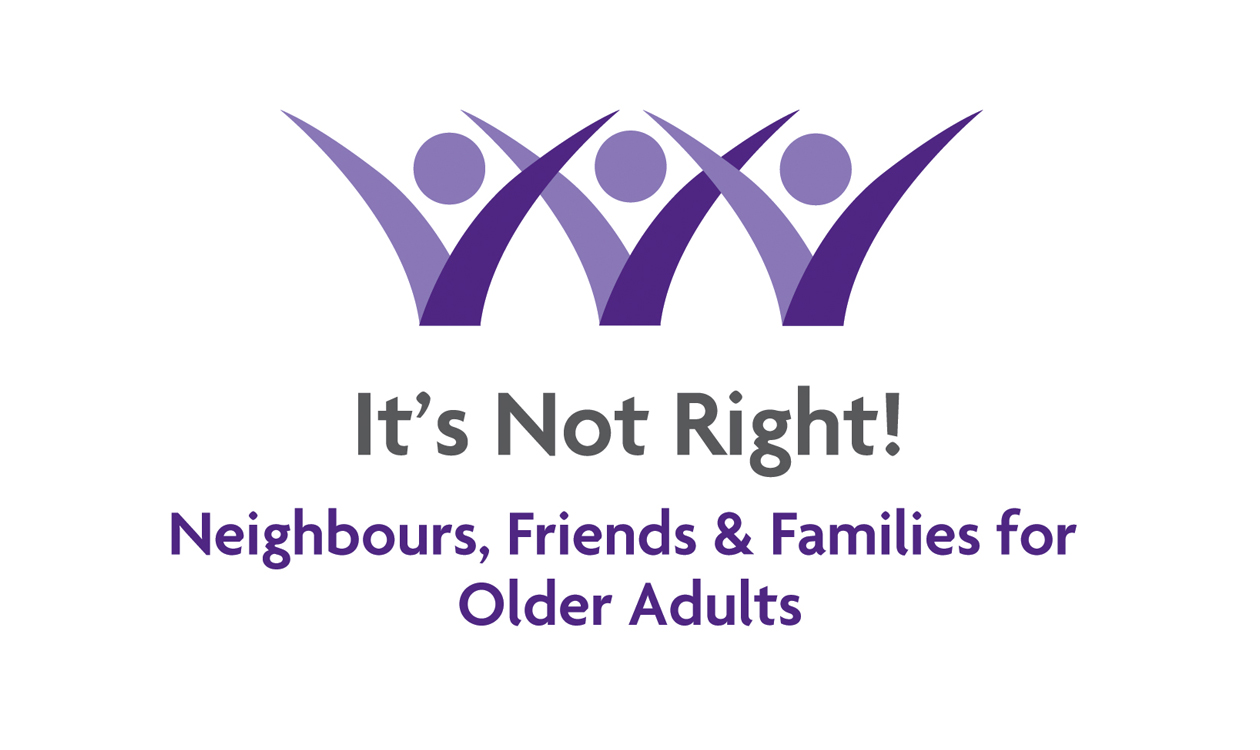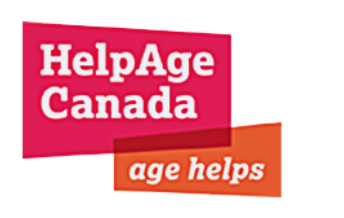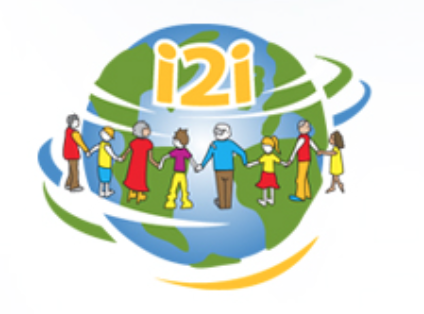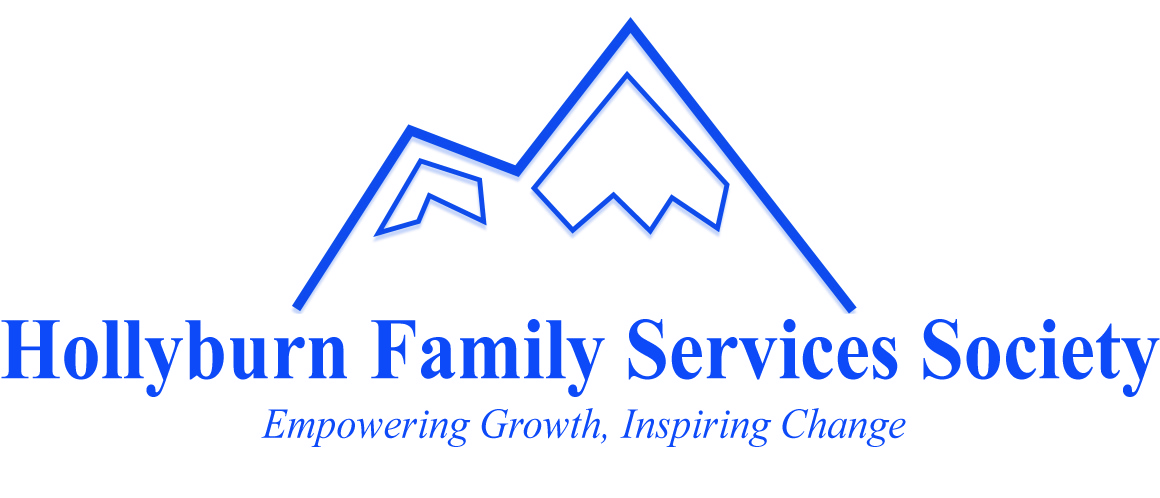 Interview with Leya Eguchi, Hollyburn Family Services Society
Interview with Leya Eguchi, Hollyburn Family Services Society
CNPEA: Tell me about your project.
Community agencies working with mental health and addictions across the North Shore, Squamish Nation and Tsleil-Waututh Nation came together for Honouring Our Past, Nurturing Our Future Project to promote knowledge exchange and collaboration. We worked with a population that has experienced multiple barriers in the past that are systemic. Often when people refer to barriers they think of an individual person’s problems, but this is not true of the groups we worked with. Systematic barriers create situations of ageism, discrimination, inequality and so on.
The project combines outreach to hard to reach seniors in conjunction with mentorship training, communication, literacy and skills training to manage community events. Trained mentors establish participant lead groups in their communities that in turn support and train other people in their community. There is a food cooperative component, which focuses on intergenerational collaboration between seniors and youth. The project is funded by Community Action Initiative.
CNPEA: How does your project address elder abuse?
The first way this project addresses elder abuse is by engaging hard to reach older adults. This project also provided a unique opportunity for community to come together on many subjects, elder abuse being one of them. Our organization has Victim Services that we an link participants with, but often in complex situations of elder abuse they may not want to use the resources. The target population of this project is hard to reach seniors. By training members of this population who will in turn educate other hard to reach seniors about community resources, it creates a network of people that can help each other.
Empowering people and mobilizing knowledge within a context where older adults connect with friends and community helps prevent elder abuse. Programs like ours that work with people who have experienced multiple barriers helps support them to create and maintain supportive relationships in community.
CNPEA: Can you tell me more about the community consultation process?
We met with 40 stakeholders and brainstormed what they would like the project to look like. We also conducted interviews with potential clients in the target population. All ideas came from this participant driven process. We supported a framework for the project but the ideas all came from the community. They identified needs and guided how best to address them. Part of the goal of this project was to pay participants for sharing their knowledge and creating a dynamic where everyone is an expert. This helps recognize their knowledge and time.
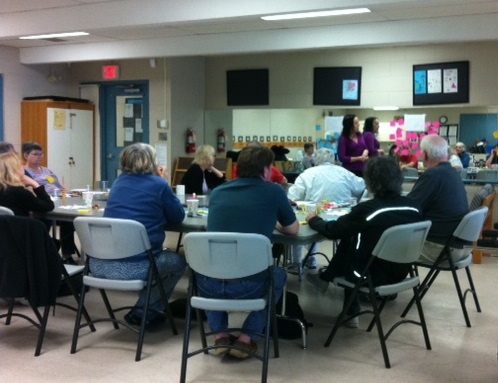 CNPEA: Can you give any tips for how to meaningfully engage community?
CNPEA: Can you give any tips for how to meaningfully engage community?
This project has a food security component. Serving food is a really big draw. Participants will be more likely to attend and contribute if they have food in their bellies. It is important to really listen to what people say and drive the project around those ideas. Creating a safe atmosphere is also really important: this means what is being shared needs to be confidential—no criticism or ridicule and talking respectively. When you establish this way of working it runs across the whole spectrum of participants—from volunteers to project coordinators everyone needs to be on the same page. Then it is more appealing for people to actually participate.
The theme of honouring people is essential. People want to be heard. Nobody is above anybody else in this project and power is horizontal; we are all here to give something that is unique to us. There is always going to be a power differential but you need to try to minimize it. Giving honorariums is one way of doing this. It is also really useful to have staff people working on the project that are knowledgeable about community resources. People need to trust that know you what is going on—i.e. that you are aware of the challenging systems to navigate and are offering to work together. This means adopting the perspective that it is not about anyone being inadequate or lacking skill to navigate a system themselves, but rather, it is really the system making things difficult. You need to show you get it.
CNPEA: Is there anything else you would like to share about your project?
Because funding was available we were able to do a large-scale community engagement and a full scale project. A lot of what we did could also be done with a smaller budget. It is a scalable mentorship program. Initially, when people were not yet committed to the project we used our budget for food and honorariums to encourage participation. By the end of the project people would have come down on their own but it was still useful to have those perks. I would encourage a participant based approach even if you do not have a large budget. Be creative and value spiritual, physical, emotional and cultural safety in community. Honour participants in a way that they feel heard and empowered.
Check out the project website for more information.
Interview with Bernice Sewell, Director of Operations
CNPEA: Tell us a little bit about SAGE Safe House.
SAGE: SAGE seniors safe house is a shelter for adults 60 years of age or older. Both men and woman can stay at the shelter for free up to 60 days. The shelter provides accommodations, meals, and case management to assist with whatever else is needed for the older adult to feel safe in community. We know that abuse impacts all aspects of a person’s life so assist with whatever they believe they need help with. For example, finances are sorted out, we make certain the bank accounts are secure and that they are receiving all the benefits they are entitled to. Another area staff frequently assist with is the housing needs. Where are they going to live after leaving the Safe House?
The shelter itself occupies one floor of a senior’s apartment building with fully furnished suites. We are not staffed 24 hours a day. Instead residents are given a Life Line system that allows them to reach out if they require assistance outside of office hours. Staff assist clients with what they need to feel safe both at SAGE and help prepare for being safe upon discharge. We talk with residents about abuse and the many ways it can affect their lives. We have a very small staff and recognize that we do not have the skills or money to provide every service to clients. To that end, we have developed and continue to develop collaborations with others in the community who have the expertise in the areas in which the older adults may require services. So, we have community agencies and service providers to come into our shelter. We have collaborations with the Victorian Order of Nurses for the health assistance, with a pharmacy for medication review and delivery of medication, and with geriatric mental health practitioners—to mention but a few.
CNPEA: It is interesting how service providers come to you. What helps you develop community partnerships?
SAGE: I have found over the years that it is really important to formalize relationships because it sets up the expectations. What do we expect from each other? What should we do when we run into challenges? If you know that, right from the start, you know how to deal with the issues that you know will arise. There will be problems that arise when you have collaborations with other community partners. The question then turns to: how do we work them out? We find it useful to write up an agreement, memorandum of understanding or whatever you want to call it. We believe this important because we know that if an arrangement is simply spoken between 2 organizations, over time people change jobs, and we do not want to lose something so important due to that. Formalizing relationships can be a very time consuming process, but ensures longevity.
There has to be expectations and a reason for both parties to come together. For example, the Victorian Order or Nurses visit our Shelter and provide medical services to our residents. In exchange they receive payment. It is a mutual relationship. We all recognize that we want to do what is best for the older adult, no matter the sector. When we ask for something that a partner is not able to provide, we can work together to identify gaps and work towards fixing them.
CNPEA: Can you speak about the Elder Abuse Consultation Team? Who is on it and how does it work?
SAGE: Over 11 years ago, an Elder Abuse Consultation Team was formed as various service providers pulled together to better understand elder abuse. The Elder Abuse Consultation Team is comprised of workers from primary care, adult protection, police and social services. This team is so useful for case management and fast-tracking to appropriate services. If I am in a tough situation and do not know what to do with a client I can phone a member of the team for direction. It is incredibly valuable to get
help with other support services systems because it is hard to navigate a system when you are not part of it.CNPEA: What advice would you give to others who may want to implement a similar model?
SAGE: When developing safe houses it is important to involve key players, especially seniors, from the get go. Before building SAGE Safe House, we had a committee and community development worker who canvased community centers, seniors, care homes and other transitional housing providers and women shelters. She asked: if we were to develop a safe house, what would you like to see? Answering this seemingly simple question took over two years. It takes time to get it right. From the onset of the project a committed group of seniors acted as sounding board to make sure each step was philosophically sound in line with the needs of seniors. The safe house first started as one suite located in a seniors apartment building. We have a document we developed called Creating Safe Housing. It is available from our website.
Welcome to the CNPEA website,
Whether you are looking for information on elder abuse prevention, hoping to contribute some tools and resources or wishing to engage with other stakeholders, we are here to assist you.
Feel free to contact us and we will do our best to answer your questions:
CNPEA Executive Director: Bénédicte Schoepflin
- BECOME A MEMBER
Sign up for a free CNPEA membership by filling out the form below.
Being a member entitles you to receive CNPEA updates via our monthly newsletter. It also provides you with a voting right at our Annual General Meeting.
You can subscribe and unsubscribe easily. We do not share your information with any other party and we only send one newsletter per month! (See details below)
Would you like to represent your university or college in the Canadian Network for the Prevention of Elder Abuse (CNPEA) Student Ambassador Program?
The CNPEA is recruiting students from across Canada for the position of student ambassador. Becoming a student ambassador is a fantastic way to be involved in and support the fight against elder abuse in Canada. We offer engagement opportunities to students and novice researchers in the field of aging across Canada. As a student ambassador you can expect to:
- Contribute to the Blog as astudent ambassador guest blogger: regularly cover hot topics, your posts will be featured among community leaders and stakeholders who want to share their expertise and initiate a dialogue.
- Act as a liaison between the CNPEA and your university or college.
- Promote your work and the work of others at your university or college in the fight against elder abuse.
- Connect with other student ambassadors across the country.
There is a 1-year minimum commitment as a CNPEA student ambassador. The position is voluntary, so you can dedicate as much time as your schedule allows. Any student with an interest in elder abuse issues can become a member of CNPEA.To become a CNPEA student ambassador for your college or university, please email your CV, writing sample and a short letter of interest .
Page 14 of 15





